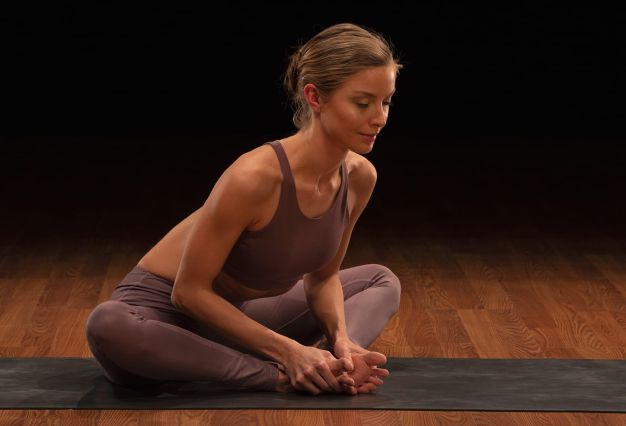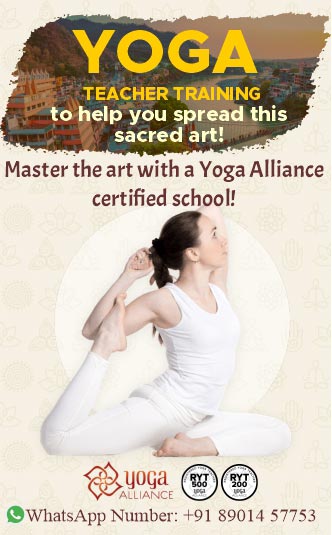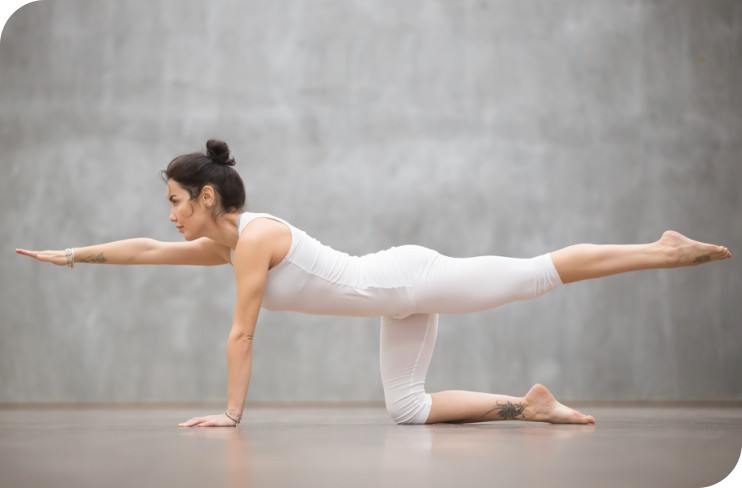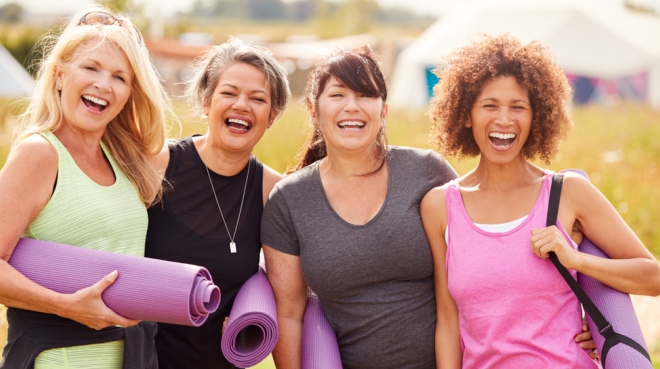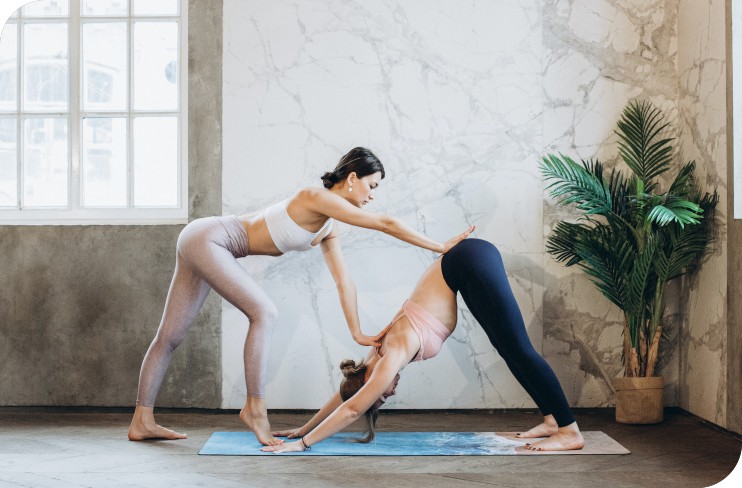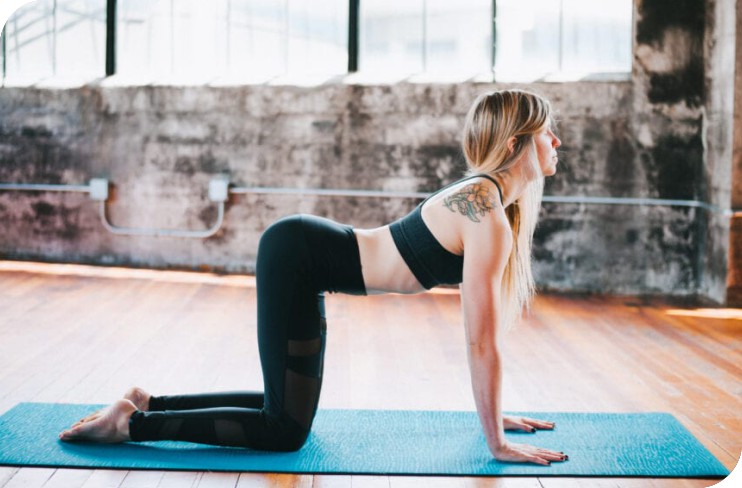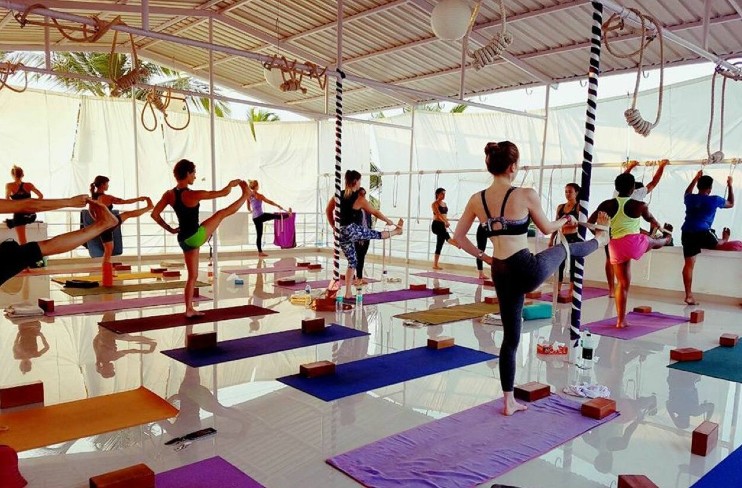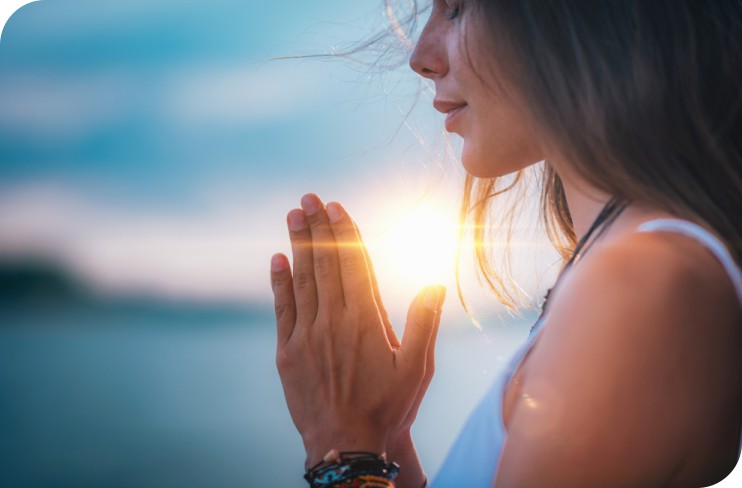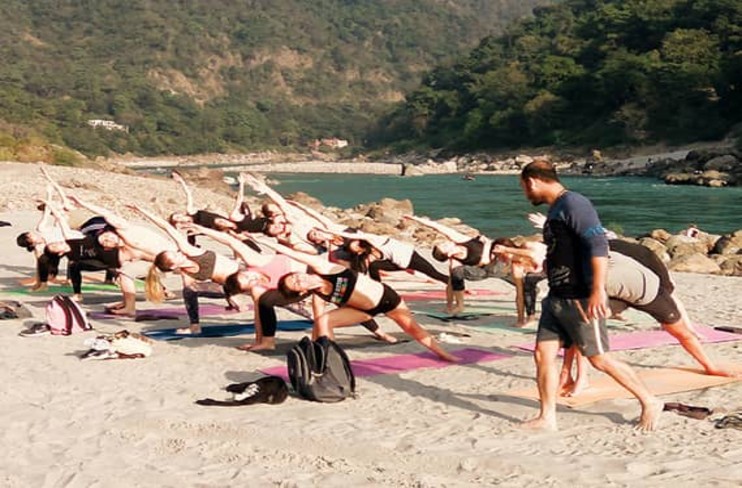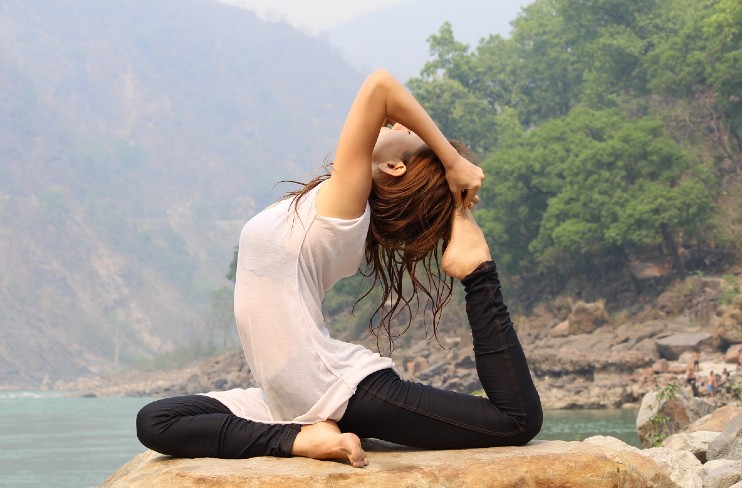Yoga Beginner’s Guide to Bound Angle Pose
Ever heard of Bhadrasana? It is known as the posture of the throne. However, in the yogic texts, Bhadrasana is also known as Baddha Konasana or the Bound Angle pose. The word Baddha means bound and Konasana means angle. Baddha Konasana is one of the prominent yoga poses mentioned in the Hatha Yoga Pradipika.
Moreover, there are a lot of different muscles involved in helping you practice Baddha Konasana. Do you know about the anatomy involved in this yoga pose? Yoga experts have the answer to that. Therefore, you should read further to know what it is.
Anatomy of Bound Angle Pose
Given below are the Bound Angle pose muscles used during this asana.
- Lower back
- Hips
- Pelvic
- Hamstrings
- Feet & Ankles
- Knees
Do you know there are some major benefits to practising the Bound Angle pose? Yoga experts have come up with a list of impressive perks which you get with the daily practice of this yoga asana.
Read More – 200 YTT
Benefits of Bound Angle Pose
Given below are some major benefits of making Bound Angle pose a part of your daily routine.
1. Improved Blood Flow
Daily practice of Baddha Konasana is known to have a positive impact on the blood flow in your body, especially in the lower body and abdominal region. This improves the functioning of internal organs, digestion, and excretion.
2. Better Digestion
Baddha Konasana has a calming effect on your intestinal walls and improves blood flow which in turn improves your body’s ability to digest. With improved digestion, you find relief from digestive issues like constipation and the slow elimination of waste from your body. It is one of the major benefits of making Bound Angle pose a part of your daily routine.
Read More – Spirit of Yoga
3. Fights Sciatica Pain
By mobilizing the hip joint and improving blood flow in the abdominal area, the bound angle position helps relieve sciatica pain.
4. Beneficial For Pregnant Women
Daily practice of Bound Angle postures under the guidance of a trained yoga teacher during pregnancy helps ease the pain and discomfort of childbirth.
5. Treats Infertility
For women suffering from infertility, this yoga asana offers great relief. Baddha Konasana has a soothing effect on a woman’s ovaries which helps in treating infertility. Therefore, this yoga pose also improves their reproductive health.
6. Fights Stress
If you are into meditation, then include this pose into daily practice to improve the blood flow and decrease anxiety which is often linked to stress.
7. Improved Posture
With the practice of Baddha Konasana under the guidance of a yoga teacher, your hip joints and thighs get rid of the stiffness. This improves your body posture and makes you more flexible.
8. Decreases Muscle Tension
The reclined version of Baddha Konasana helps minimize muscle tension, which relieves your body of stress and improves blood flow. You should join a certified yoga school to learn about Bound Angle pose variations from the yoga gurus.
However, for you to reap the benefits of this yoga asana, you must know the correct technique of doing this yoga pose.
Bound Angle Pose Steps
Given below is how you can practice the Bound Angle structure without any hiccups.
- Sit with legs straight and in front of you.
- If you have tight hips or groin, use a blanket to raise your pelvis.
- Inhale. Exhale and bend your legs at the knees.
- Pull both heels towards your pelvis while dropping your knees out to the sides of your body. Keep together the soles of your feet.
- Using the first & second fingers, and thumb, grab the big toe of each foot.
- Keep the outer edges of your feet placed firmly on the floor.
- Interlock the fingers of your hands and grip the feet more firmly.
- Stretch your spine erect and look straight ahead or focus on the tip of your nose.
- Hold this position as long as you can.
- Exhale. Bring your knees towards the floor. Keep your spine straight and strong.
- Keep elbows on your thighs and press them downward.
- Exhale. Bend forward at the hips and try to reach the floor in front of your feet with your face.
- Breath normally and hold this position anywhere from 30 seconds to a minute.
- Inhale. Lift your knees away from the floor.
- Extend your legs back to the starting position.
This is the complete process for you to comfortably practice the Bound Angle posture without any hassle.
Now, you might question –
What are the Variations of Bound Angle Pose?
Always remember, all the variations in the Bound Angle pose use it as the base position. The reason behind introducing variations in Baddha Konasana was:
Therefore, some students find practising this yoga asana easy while others might not be so much comfortable with it. Hence, variations were introduced to help yoga beginners get used to the pose without much hassle.
At the same time, pose variations help students grow and develop confidence in practising more challenging yoga asanas.
With that said, given below are some modifications:
- Seated Butterfly Pose
- Bound Angle Pose with Yoga Blocks
- Bound Angle Pose with a Partner to Keep Thighs on Ground
- Inverted Aerial Butterfly pose Twist
- Bound Angle Pose with Arms Behind
- Half Butterfly Pose with forwarding Bend
Conclusion
The Bound Angle Pose is a beginner-level yoga asana that works on all the major muscles in your body including the lower back and hip joints. You should enrol in a certified yoga school to learn everything about this yoga asana from the experts.

